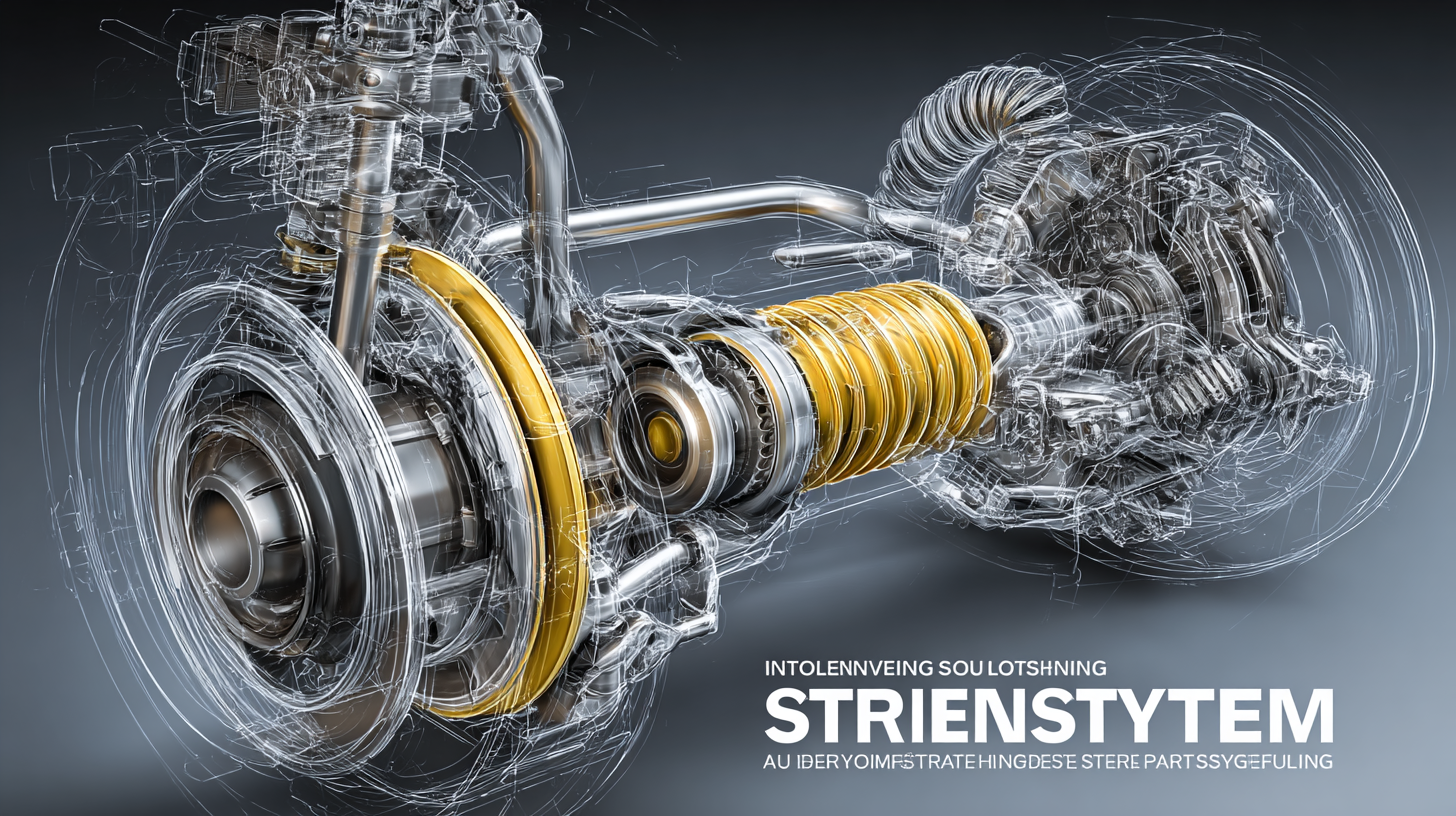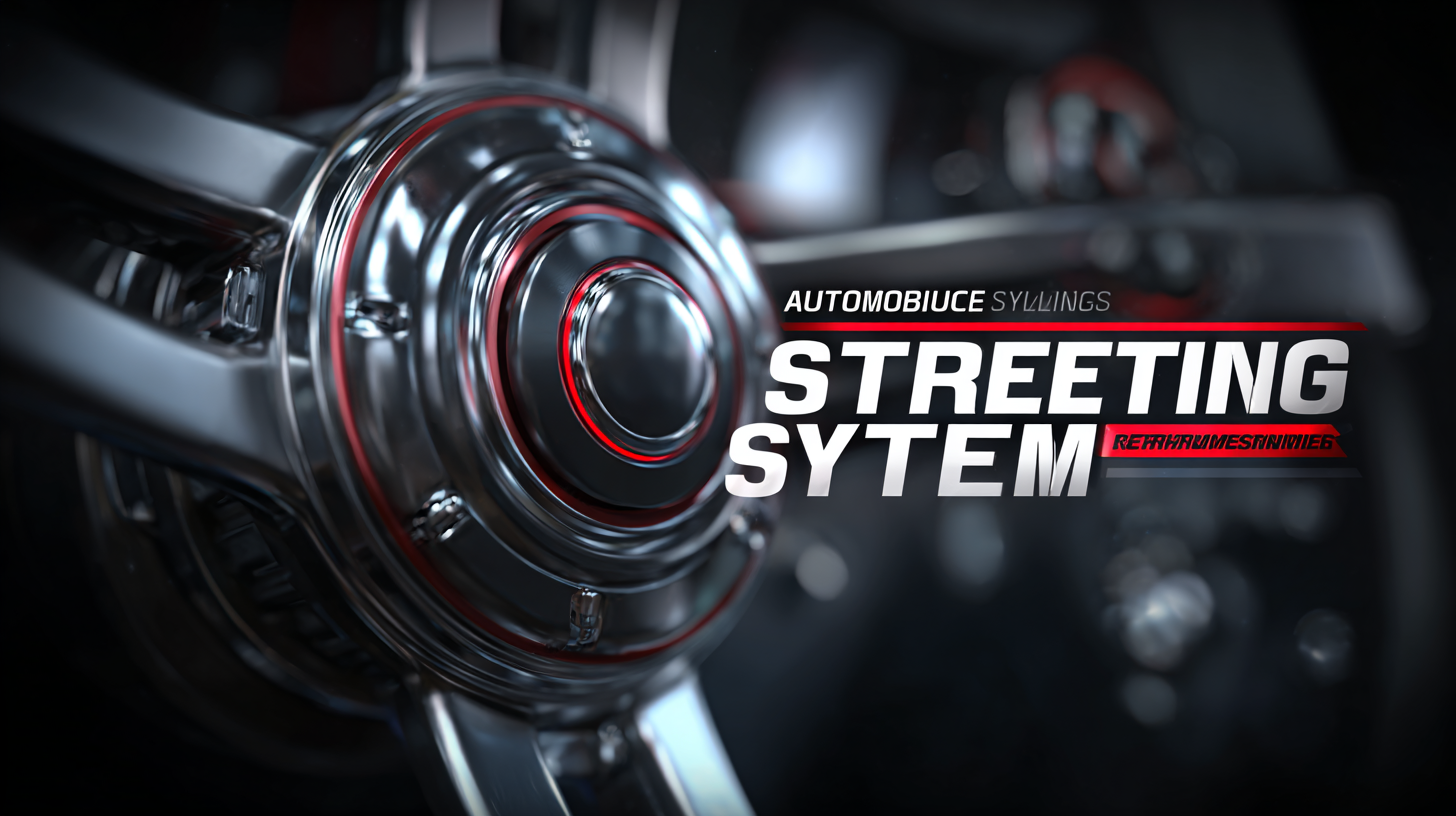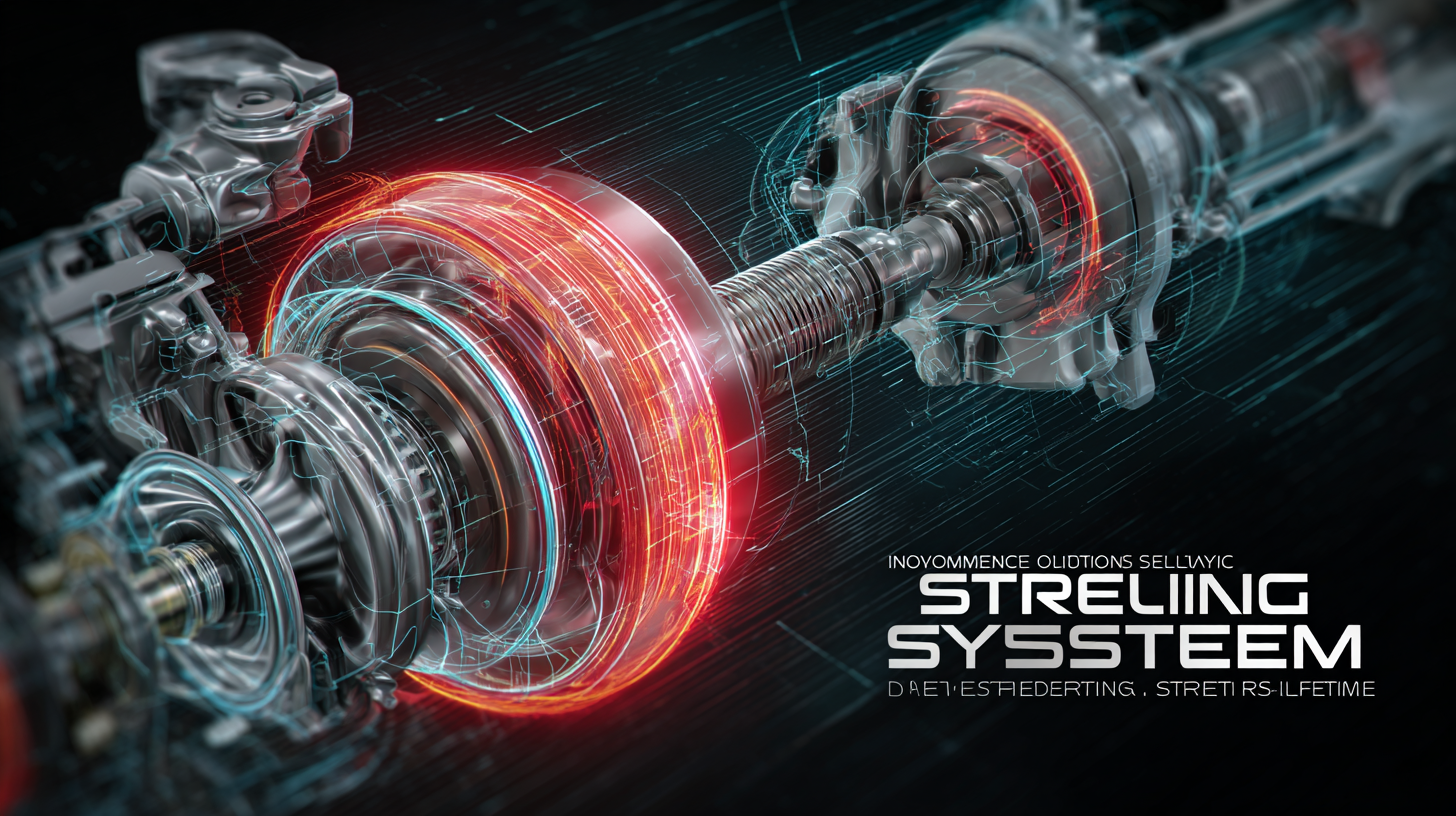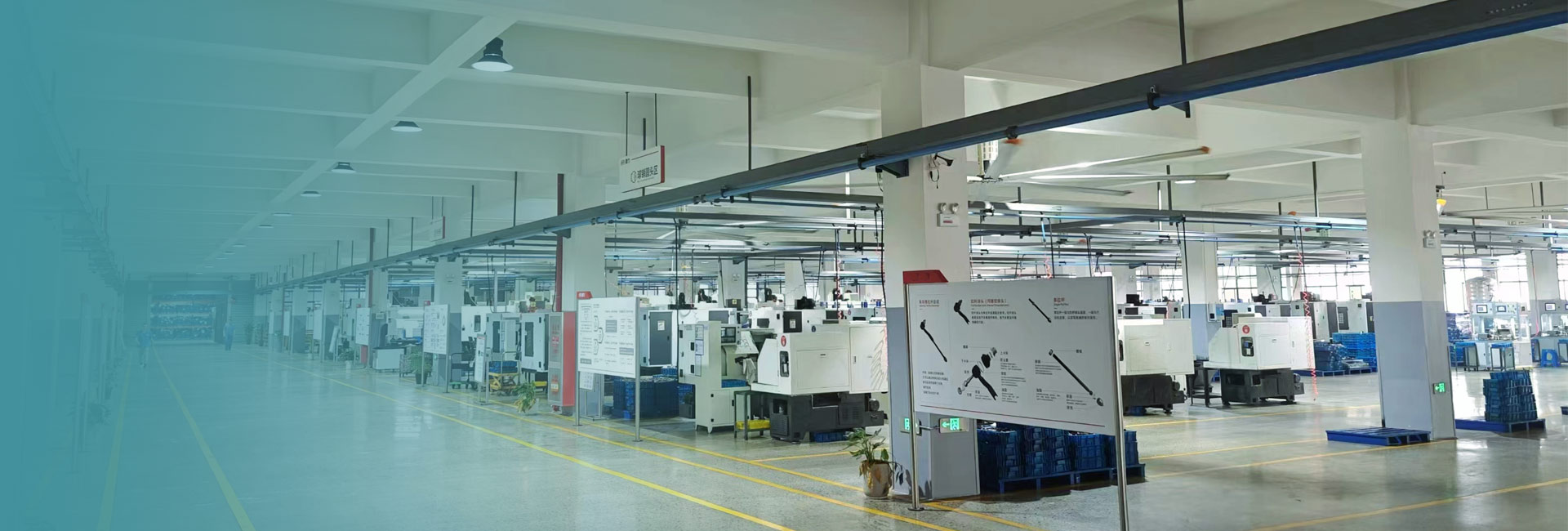Innovative Solutions for Enhancing the Best Automobile Steering System Performance
The performance of the Automobile Steering System is crucial for driving safety and overall vehicle dynamics, representing a core component of automotive engineering. According to a recent report by the International Organization of Motor Vehicle Manufacturers (OICA), steering systems account for approximately 7% of the total vehicle parts, emphasizing their significance in vehicle performance. As the automotive industry undergoes a transformative shift towards increased automation and electrification, innovative solutions are essential to enhance the efficiency and responsiveness of steering systems. Furthermore, the adoption of advanced technologies, such as electric power steering (EPS), is projected to grow by over 15% annually, highlighting the industry’s push towards smarter and more sustainable steering solutions. This blog aims to explore the latest strategies and innovations that can elevate Automotive Steering System performance, while also addressing the relevant import-export certification standards vital for global distribution.

Current Trends in Automobile Steering System Technologies
The automotive industry is witnessing a significant evolution in steering system technologies,
with a focus on enhancing performance, safety, and user experience. One of the prominent trends is the integration of
electric steer-by-wire systems, which eliminate the mechanical link between the steering wheel
and the wheels. This technology offers improved responsiveness and allows for customizable steering feel, tailored to driver preferences.
Additionally, advancements in sensor technology enable enhanced feedback for better handling and precision.
Tips: When considering steering system upgrades, evaluate the benefits of steer-by-wire technology,
especially if you prioritize performance and comfort. Moreover, ensure that the system is compatible with your vehicle’s
existing components to avoid compatibility issues.
Another current trend is the incorporation of advanced driver-assistance systems (ADAS)
into steering systems. These technologies, such as lane-keeping assist and adaptive cruise control, enhance safety by
providing real-time assistance to drivers. With the increasing complexity of modern vehicles, manufacturers are focusing
on seamless integration of these systems within the steering architecture.
Tips: As you explore new vehicles or upgrades, look for those equipped with ADAS features that align with
your driving habits. Proper training and acclimatization to these systems can significantly enhance your overall driving experience.
Key Challenges Facing Steering System Performance Enhancement
The performance enhancement of automobile steering systems faces several key challenges that manufacturers must address to improve driving dynamics and safety. One significant hurdle is the integration of advanced technologies, such as electronic steering and driver assistance systems. While these technologies offer promising benefits, they require precise calibration and robust software to ensure seamless interaction with existing vehicle dynamics. Any shortcomings in this area can lead to diminished driver control and increased safety risks.
Another challenge is weight reduction without compromising structural integrity. As vehicles strive for better fuel efficiency and lower emissions, steering system components must adapt to lighter materials while maintaining their performance capabilities. This often involves innovative engineering solutions and materials science breakthroughs. Additionally, the demands for enhanced responsiveness and feedback in steering systems necessitate ongoing research and development to strike a balance between comfort and performance, meeting the evolving expectations of consumers in the automotive market.
Innovative Solutions for Enhancing Automobile Steering System Performance
This chart displays key performance metrics associated with automobile steering systems, highlighting the response time, stability, weight, and cost metrics in comparison to enhance steering performance solutions.
Innovative Materials and Design Approaches for Steering Systems
The steering system is a critical component of automotive design, significantly impacting vehicle performance, safety, and driver experience. Recent advancements in innovative materials and design approaches are reshaping the future of steering systems. According to a report by MarketsandMarkets, the global automotive steering system market is projected to grow from $25.6 billion in 2020 to $36.0 billion by 2025, highlighting the increasing emphasis on optimizing vehicle handling and maneuverability.
Innovative materials like carbon fiber composites and lightweight alloys are paving the way for stronger yet lighter steering components. These materials not only enhance the system's responsiveness but also contribute to overall vehicle efficiency by reducing weight. Additionally, design approaches that incorporate real-time data analytics allow for adaptive steering systems that improve steering feel based on different driving conditions.
**Tip 1:** When selecting materials for steering components, consider both weight and strength to ensure maximum performance without compromising safety.
**Tip 2:** Implementing simulation tools during the design phase can greatly enhance the understanding of steering dynamics, leading to better performance outcomes.
**Tip 3:** Regularly updating software in adaptive steering systems can significantly improve responsiveness and enhance driver experience by making adjustments based on their driving patterns.

The Role of Smart Technologies in Steering System Evolution
The evolution of automobile steering systems has been significantly driven by the integration of smart technologies. These advancements have transformed traditional steering mechanisms into sophisticated systems capable of enhancing vehicle control and safety. Sensor technologies, for instance, play a critical role in enabling real-time feedback and adjustments, allowing for a smoother driving experience. This not only improves steering responsiveness but also aids in accident prevention by providing alerts for potential hazards.
Moreover, innovations such as adaptive steering systems utilize data analysis to adjust the steering ratio based on vehicle speed and road conditions. This means that at lower speeds, steering may become lighter and more agile, while at higher speeds, it can provide more stability and precision. The integration of artificial intelligence in these systems further enables predictive capabilities, optimizing steering performance in various driving scenarios. As a result, drivers experience enhanced maneuverability and comfort, showcasing the significant impact of smart technologies on steering system performance.

Future Market Projections for Steering System Innovations by 2025
The automotive steering system market is poised for substantial growth as we approach 2025, driven by innovative technologies like electric power steering and steer-by-wire systems. Recent reports suggest that the automotive actuators market could surge to $49.31 billion by 2033, with a notable compound annual growth rate (CAGR) of 6.70% from 2025 to 2033. This uptick emphasizes a rising demand for advanced steering solutions, particularly in the context of electric and hybrid vehicles.
Moreover, developments in steering technology are enhancing vehicle dynamics and overall control. Experts in the field highlight the critical role of automation and electronic integration in steering systems, paving the way for more responsive and efficient driving experiences. As manufacturers invest in these technologies, the steering system's capabilities are expected to transform significantly, catering to the evolving demands of modern automotive consumers by 2025 and beyond.







